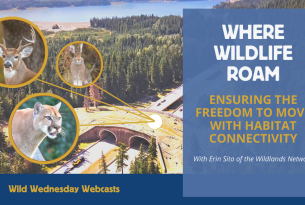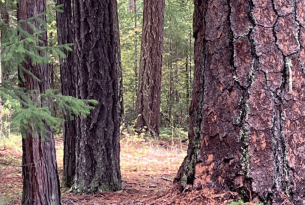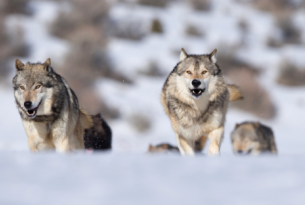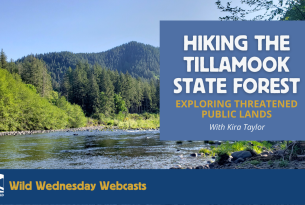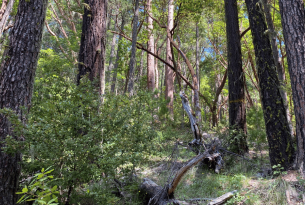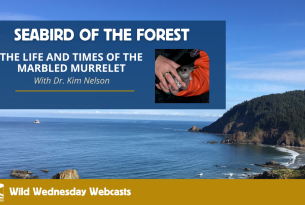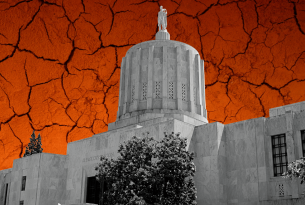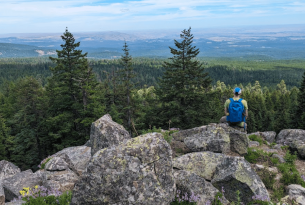Webcast: Dammed to Extinction
The early-to-mid 20th Century was marked by an era of dam building across the United States. These dams came at a cost to watersheds, freshwater ecosystems, and indigenous communities. Every year, millions of salmon were blocked from reaching their historic spawning beds, eventually resulting in the collapse of salmon runs across the west. The Columbia River basin was once home to the world's most productive chinook salmon runs. These fish traveled all the way into the central mountains of Idaho to spawn.


